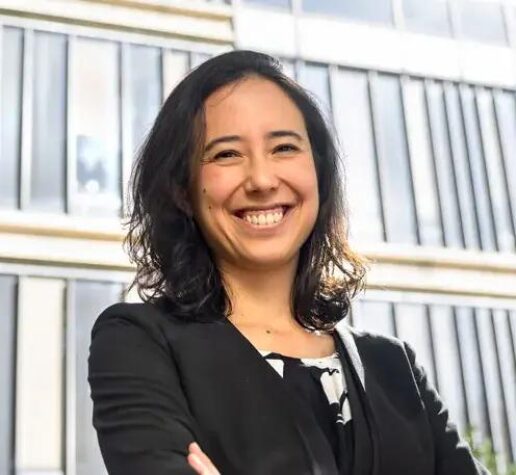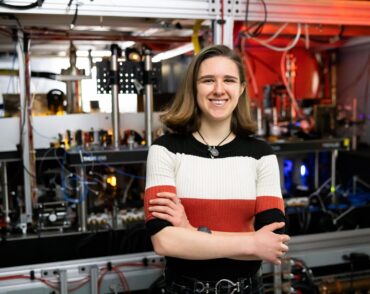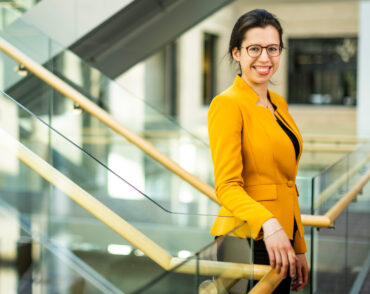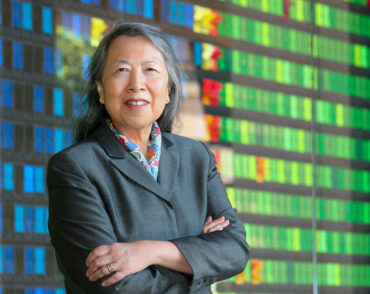
Anna Ho ’14
Anna Ho ’14 was looking at data from an observatory in Southern California on September 7, 2022, when she discovered that something far out in space had exploded dramatically.
That’s not particularly unusual in her line of work, since Ho is an astronomer who studies the violent deaths of stars. But this turned out to be a type of explosion no one had ever seen before. Rather than petering out rather quickly, as expected, it kept on flaring—each burst as powerful as a supernova but only lasting a few minutes.
“It was just crazy,” Ho says. “You have a list of possible things you might see, and this was way outside that list.”
Ho led the effort to learn more, enlisting astronomers at observatories all over the world to contribute data. They had to act fast because the phenomenon, technically among a class called luminous fast blue optical transients (LFBOTs), was short-lived. At that time, only about four LFBOTs had ever been observed, and all had dimmed in a matter of days. This one was unprecedented because it could be seen for months.
“It’s an illustration of why I love this work—very surprising things can happen,” says Ho, who explained that the unusual flares were likely caused by either a neutron star or a black hole.
Ho didn’t plan to become an astronomer. She arrived at MIT expecting to major in neuroscience before a meeting with astrophysicist Paul Schechter piqued her interest in the field. She then did a summer internship at the National Radio Astronomy Observatory in Virginia and got hooked on astronomy.
After earning her bachelor’s degree in physics, Ho got her PhD in astrophysics from Caltech. She says she focuses her research on the death of stars because so many big questions hinge on the stellar life cycle, among them “How do galaxies evolve?” and “Where do the elements on Earth come from?”
“Many elements, we think, are forged in stars and released when stars explode,” she says.
In 2022, Ho joined the astronomy faculty at Cornell University, and she says she is now striving to emulate her MIT professors in being generous with her time.
“I have learned that you can be really ambitious, work really hard, and make time to help other people,” she says. “That was an important part of the spirit of MIT, and I’ve really tried to bring that with me.”


